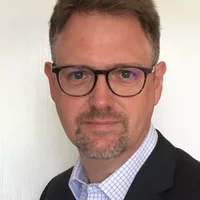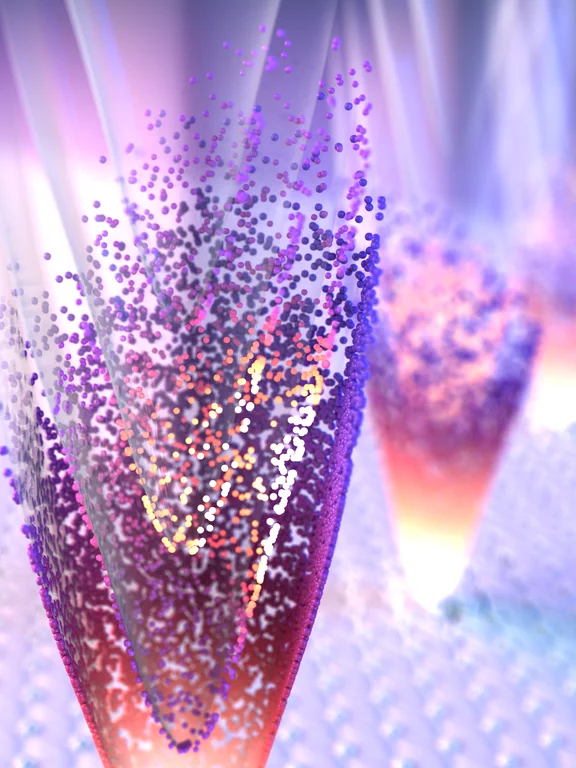New material properties, at lightning speed and on demand - this vision is fuelled by recent findings of a Europe-wide physics research group including Paul Scherrer Institute PSI. The team uses ultra-short and strong light fields to directly observe how exotic energetic states, so-called Floquet bands, form in a crystal. The scientists report their findings in the research journal Nature.
“The discovery of new material properties usually depends on our ability to control the chemical composition of the material,” says Ulrich Höfer, professor of experimental physics at Philipps-University Marburg and visiting professor at the University of Regensburg. “The purely optical manipulation of material properties, on the other hand, could take physics into a new era by enabling new functions on demand.”
Exciting electrons periodically with strong light leads to exotic quantum effects: The periodic perturbations from the strong light field cause the electrons to have not just one fixed energy state, but many evenly spaced energy states. “The original energy state surrounds itself, as it were, with several envelopes of light,” explains Rupert Huber, professor at the Institute for Experimental and Applied Physics at the University of Regensburg and joint lead author. Experts refer to this state as a Floquet state. “However, the dynamic properties of such states – for example, the question of how long it takes the electrons to ‘clothe’ themselves with light – have remained unknown until now,” Huber elaborates.
The team used photoelectron spectroscopy to study the surface of a crystal. "With our measurements, we went beyond the limit of what could be realized with this spectroscopy to date in terms of time resolution in strong light fields," emphasizes Suguru Ito, postdoc at Philipps University Marburg and joint first author of the paper. As a result, the team made an unforeseen discovery, he says: "Surprisingly, the Floquet bands form after a single optical cycle, a very short time."
“The reviewers could hardly believe this at first!” adds Höfer. But the clear experimental results are supported by theoretical modelling, carried out by Michael Schüler, then Ambizione Fellow at the Paul Scherrer Institute, and now leader of the newly formed light-matter interaction (LMI) group at PSI and assistant professor at the University of Fribourg.
The LMI group, which started at the beginning of the year, investigates how electrons in materials interact with light with the goal to unravel and control their quantum properties. “It is an exciting time at PSI: the combination of computational tools and large-scale photon sources will really allow us to build new bridges between theory and experiment,” says Schüler, who is joint first author of the paper together with Ito.
The work provides important new information on the evolution of Floquet bands. “The dressing of electrons with light is often particularly difficult in solids because the energy introduced is quickly converted into heat. By demonstrating that such dressing happens after just a single optical cycle, we pave the way for changing solid-state properties very quickly and very strongly with light,” explains Michael Sentef, who contributed to the theoretical calculations while at the Max Planck Institute for the Structure and Dynamics of Matter in Hamburg, Germany, and is now Professor at the University of Bremen.
“Our experiment opens up the possibility of visualizing a wide range of transient quantum states,” adds Huber. “This paves the way towards tailored quantum functions and ultrafast electronics.”
Contact
Dr Michael Schüler
Group leader Light Matter Interaction Group
Paul Scherrer Institute PSI
+41 56 310 53 39
michael.schueler@psi.ch
Further Information
Original Publication
-
Ito S, Schüler M, Meierhofer M, Schlauderer S, Freudenstein J, Reimann J, et al.
Build-up and dephasing of Floquet–Bloch bands on subcycle timescales
Nature. 2023; 616: 696-701. https://doi.org/10.1038/s41586-023-05850-x
DORA PSI

